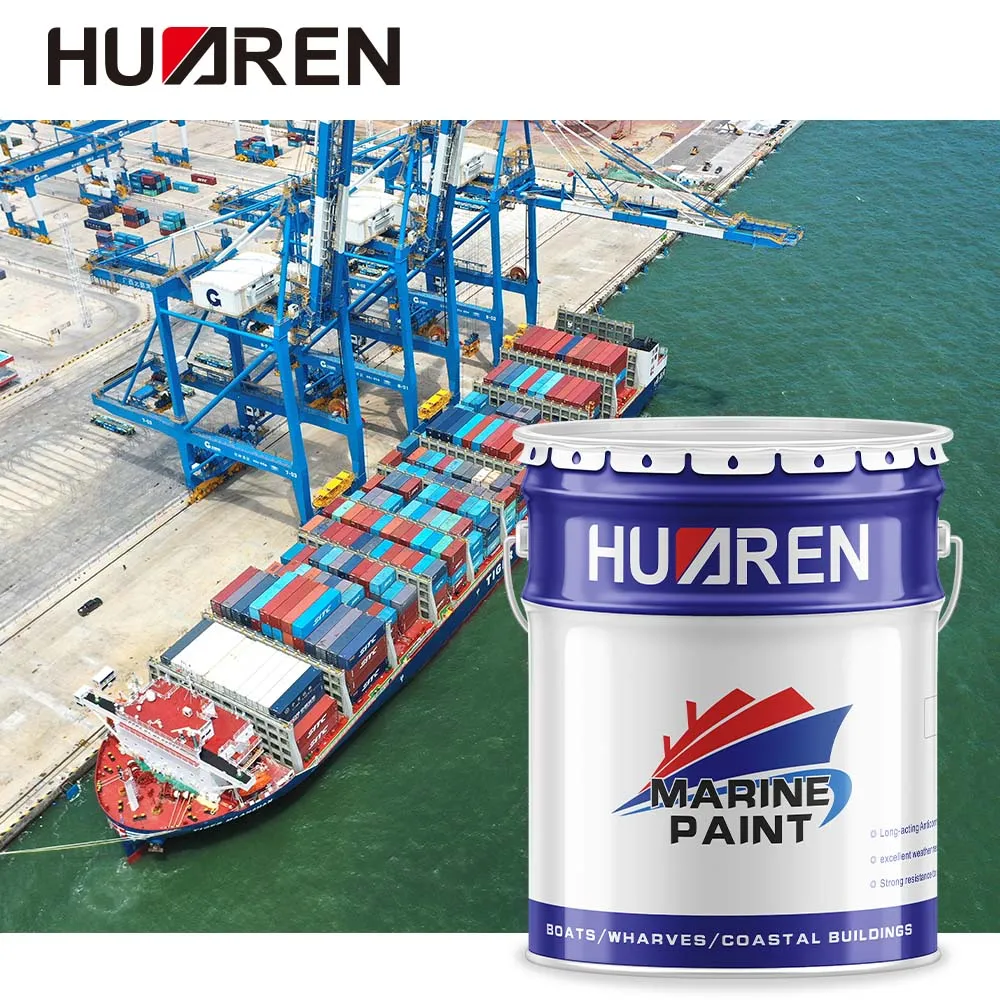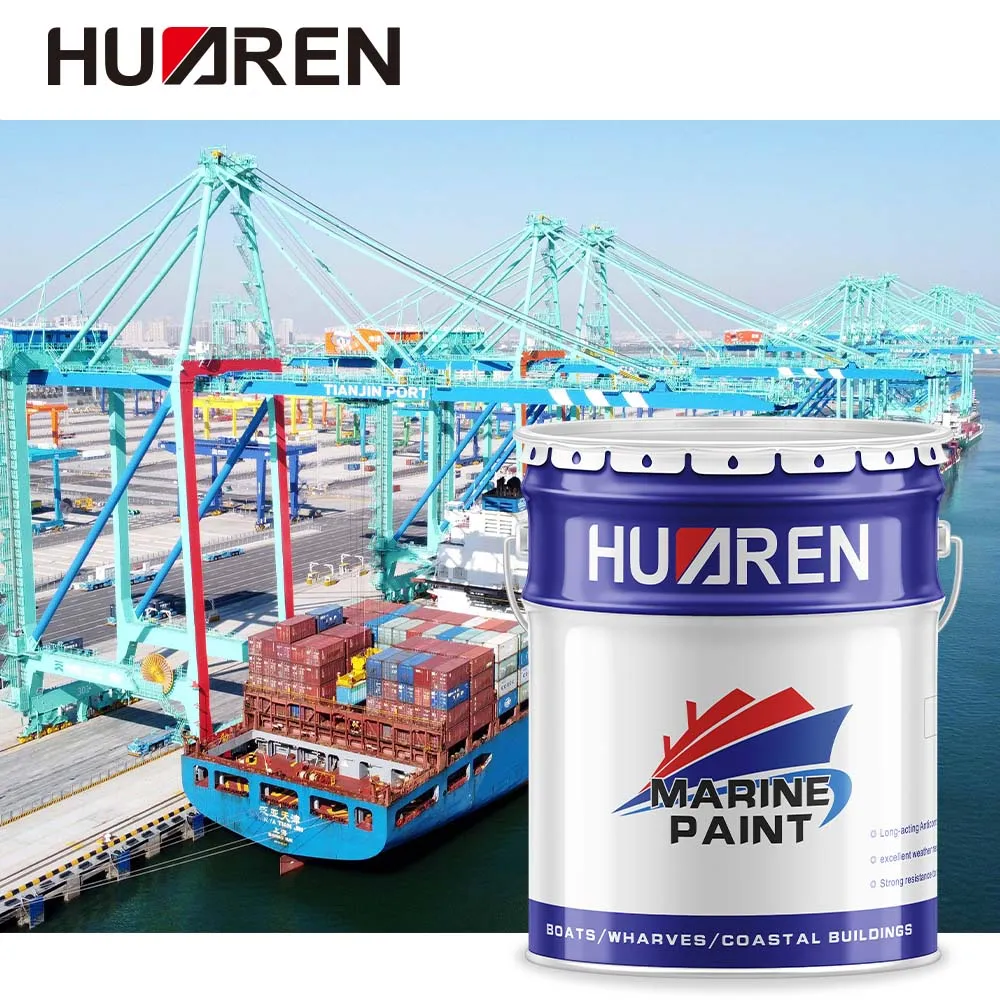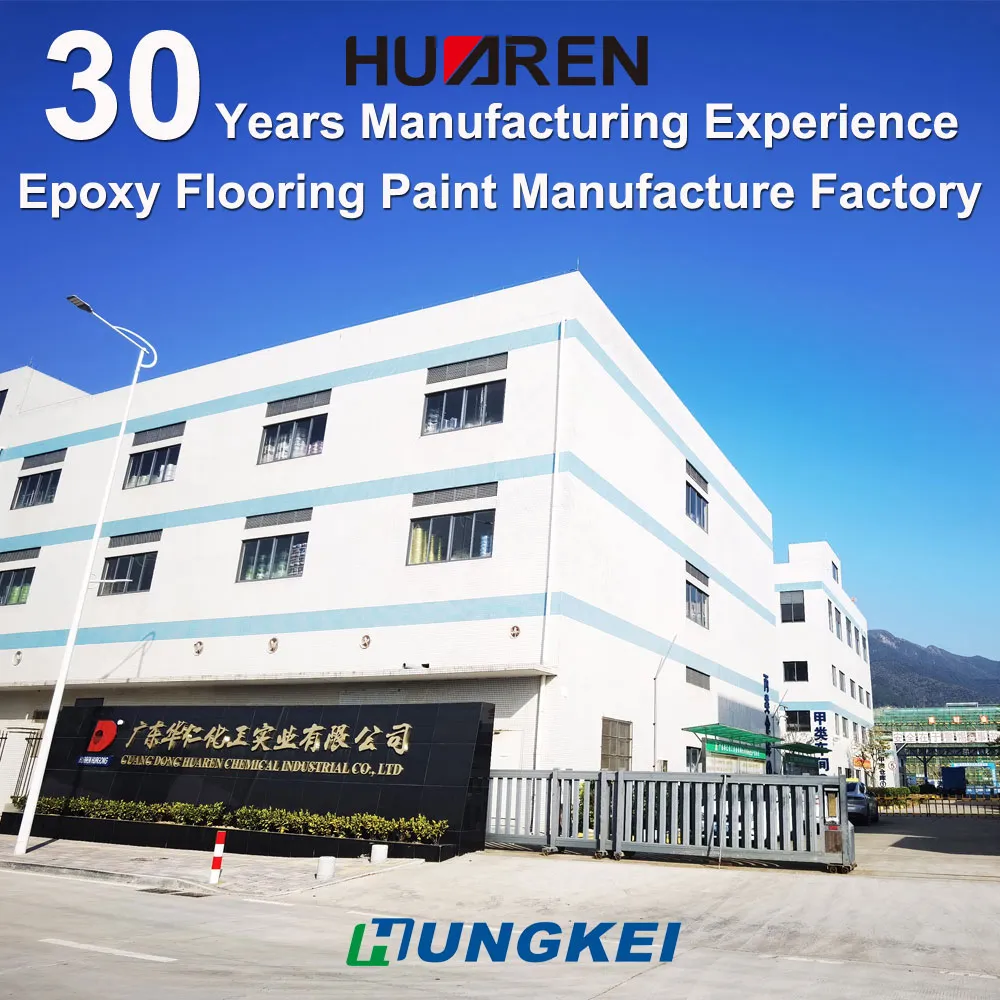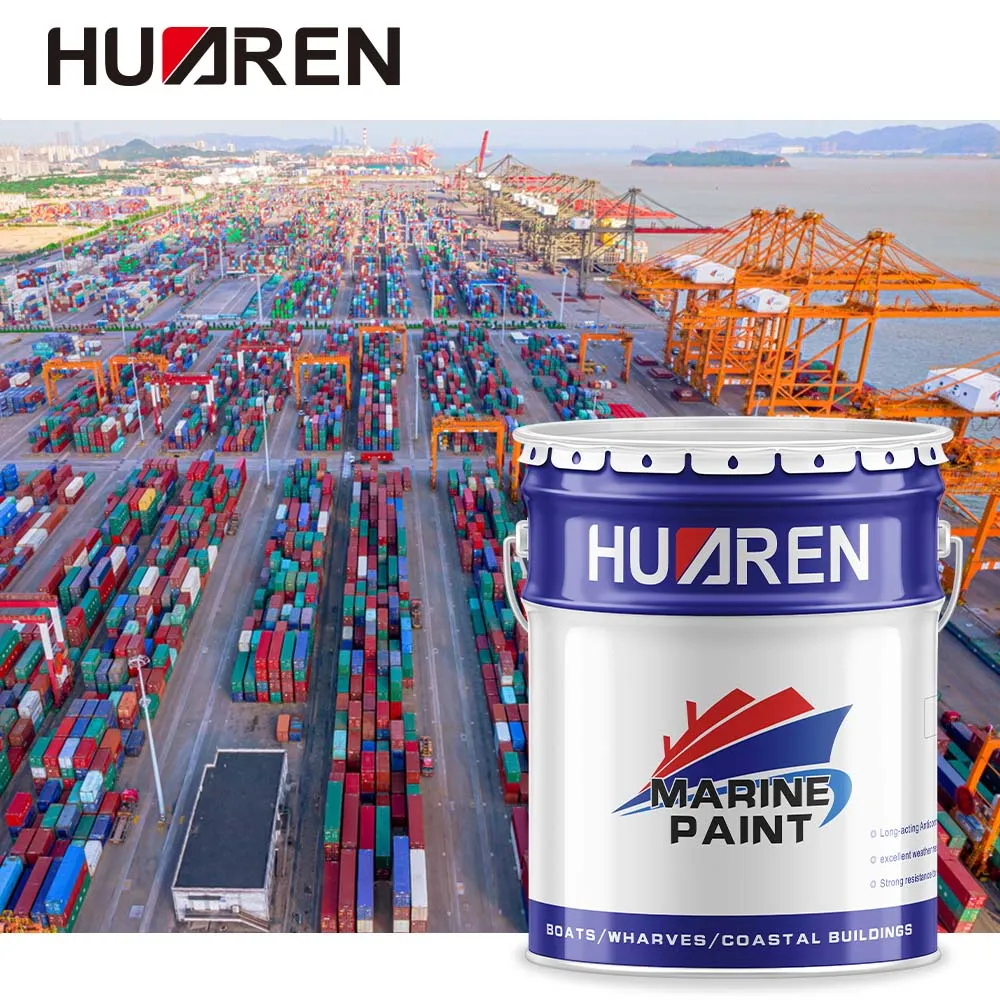In the global shipping industry, antifouling paint (also known as ship bottom paint) plays a vital role in ships. Marine antifouling paint not only prevents marine organisms from attaching to the bottom of the hull, thereby increasing the speed and fuel efficiency of the ship, but also reduces corrosion of the hull and prolongs the service life of the ship. Among the many components of antifouling paint, the use of copper is particularly critical. So why is copper one of the main components of marine antifouling paint? What role does copper play in antifouling paint?
This article will delve into the reasons for the use of copper in marine antifouling paint, from the chemical properties and historical background of copper to its specific functions in antifouling paint, as well as the environmental impact of using copper, and analyze the unique advantages of copper in detail.

What is the role of copper in marine antifouling paint?
Before discussing why copper is widely used in marine antifouling paint, it is necessary to first understand the basic functions of marine antifouling paint. The main purpose of marine bottom paint is to prevent microorganisms, algae and other aquatic organisms in the ocean from attaching to the surface of the hull. The attachment of these organisms not only increases the resistance of the hull, but may also cause corrosion, damage the hull structure, and even affect navigation safety. In order to deal with this problem, some chemical components with anti-biological adhesion are added to antifouling paint.
Copper, as a metal element, has natural antifouling properties, especially in seawater environments. Copper ions can interfere with and inhibit the growth of aquatic organisms and reduce the formation of attachments. Therefore, the application of copper in marine antifouling paint has become an effective and economical antifouling solution.
How is the antifouling effect of copper?
The reason why copper is widely used in antifouling paint is mainly because of its unique chemical properties and interaction with seawater.
1. Anti-biological adhesion of copper
Copper and its compounds have natural anti-biological adhesion ability. This property comes from the release mechanism of copper ions. Copper ions can interfere with the cell metabolism and respiration process of aquatic organisms, inhibit the growth of algae, shellfish, plankton and marine microorganisms, thereby preventing these organisms from attaching to the bottom of the hull. Copper's anti-fouling properties are based on its toxic effects on biological cells, but this toxicity is usually only effective for aquatic organisms and has little impact on the hull or human health.
2. Anti-corrosion properties of copper
In addition to preventing the attachment of marine organisms, copper also has good anti-corrosion properties. In seawater, copper can protect itself and form a copper oxide film to prevent further corrosion. Therefore, copper not only plays an anti-fouling role in marine antifouling paint, but also enhances the durability of the hull and extends the service life of the hull, especially in highly corrosive marine environments.
3. Durability and stability of copper
Copper has high stability in seawater, which makes it an ideal ingredient in antifouling paint. Copper can not only effectively release copper ions for a long time and inhibit the attachment of marine organisms, but also maintain a long-lasting antifouling effect during the voyage of the ship. Compared with other chemicals, copper's anti-fouling effect has a longer duration, reducing the need for frequent maintenance of ships.
4. Adjustability of copper
The release rate of copper can be adjusted by controlling the copper content in the paint formula and the thickness of the coating. By optimizing the amount of copper added, the paint can achieve the best antifouling effect under different environmental conditions. The adjustability of copper provides ship manufacturers and ship owners with greater flexibility to adapt to different sailing conditions and antifouling requirements.

History of copper and marine antifouling paint
The use of copper in marine antifouling paint is not an innovation of modern shipping. In fact, the antifouling effect of copper has a long history. As early as the ancient Greek and Roman periods, copper plates were used on the bottom of ships to prevent the attachment of marine organisms. With the development of the shipping industry, copper was gradually applied to antifouling paint and became an indispensable ingredient.
In the early 20th century, with the booming shipping industry, the demand for antifouling paint continued to increase. The original antifouling paint mainly relied on natural materials and inorganic compounds, while the use of copper in antifouling paint was gradually promoted. By the 1930s, copper was officially added to the formula of marine antifouling paint and became a standard ingredient.
With the development of technology, the use of copper in marine antifouling paint has been gradually optimized. Modern antifouling paints contain not only copper, but also some other metal ions and chemicals, which work together to improve the antifouling effect and reduce the negative impact of copper on the environment to a certain extent.
Mechanism of copper in marine antifouling paint
The role of copper in antifouling paint can be achieved through the release of copper ions. When the ship is sailing, the paint surface is constantly in contact with seawater, and copper is slowly released from the coating into the seawater. The rate of copper ion release depends on many factors, including the thickness of the paint, the temperature of the seawater, the flow rate, and the adhesion of the coating.
After entering the seawater, copper ions can affect the growth and attachment of microorganisms. Copper prevents these organisms from attaching to the hull by destroying the cell membrane of microorganisms, interfering with their metabolism and inhibiting their growth. For some larger marine organisms such as shellfish and seaweed, the toxicity of copper ions prevents them from colonizing the hull.
However, the use of copper in marine antifouling paint is not without challenges. Excessive copper ions may have adverse effects on aquatic ecosystems, especially in certain sensitive areas. Therefore, modern antifouling paints usually adopt a "controlled release" mechanism, which ensures that copper ions are gradually released during the use of ships by optimizing the amount of copper used, avoiding excessive pressure on the environment.

Environmental impact of copper and the development of green antifouling paints
The use of copper in marine antifouling paints has caused some environmental problems. Although copper can effectively prevent biological attachment, excessive copper ions may have an impact on aquatic ecosystems. Especially in waters with high copper concentrations, it may cause the death of some aquatic organisms and affect the ecological balance.
In order to reduce the environmental burden of copper, many countries and regions have begun to introduce strict environmental regulations to limit the use of copper in antifouling paints. For example, Europe's "Ship Emissions and Antifouling Paint Control Regulations" imposes strict restrictions on copper content. In response to this challenge, many environmentally friendly antifouling paints have emerged in recent years. These coatings achieve antifouling effects by reducing the use of copper or using other more environmentally friendly antifouling ingredients, such as silicones and polyurethanes.
Despite this, the core role of copper in marine antifouling paints cannot be ignored. Copper, as a natural anti-biofouling material, remains a key ingredient in many marine antifouling paint formulations. In order to balance antifouling effect and environmental impact, researchers are constantly optimizing the formulation of antifouling paints and exploring more environmentally friendly copper-based materials.

Future prospects of copper in marine antifouling paints
Although copper plays an important role in marine antifouling paints, increasing environmental pressure has prompted the industry to seek greener and more sustainable alternatives. In the future, with the development of science and technology and the improvement of environmental protection requirements, new materials and technologies may emerge to replace traditional copper-based antifouling paints. However, copper-based antifouling paints are still one of the most effective and widely used antifouling materials.
The use of copper in marine antifouling paints is not only due to its excellent antifouling effect, but also because of its cost-effectiveness and reliability. Despite the increasing pressure on environmental protection, by optimizing the copper release mechanism, antifouling paints using copper can still ensure antifouling effect while minimizing negative impact on the environment.
Huaren Chemical Industry Co., Ltd. has earned its reputation as a top-tier paint and resin manufacturer from China, offering competitive prices and global export services. Since 1994, we’ve specialized in producing industrial coatings such as chlorinated rubber paint, epoxy floor systems, and eco-friendly water-based options. Our facility features 30 advanced production lines and exceeds 20,000 tons in annual output. We supply products to over 10 countries, providing flexible wholesale terms and responsive customer support. you're sourcing paint for steel structures, shipyards, or building materials, Huaren Chemical is the company to trust. Inquire today for low-price deals and fast factory quotes.

